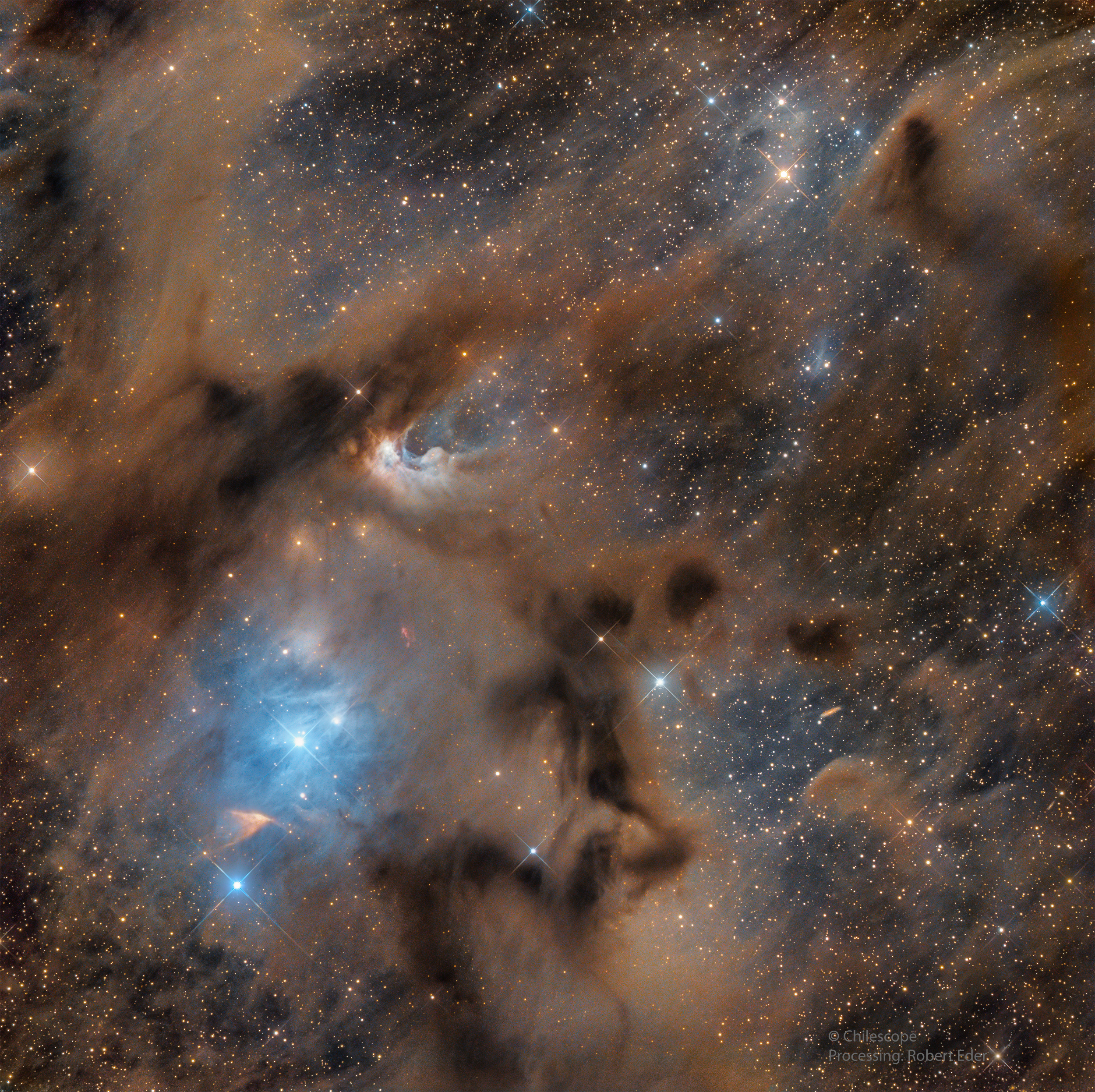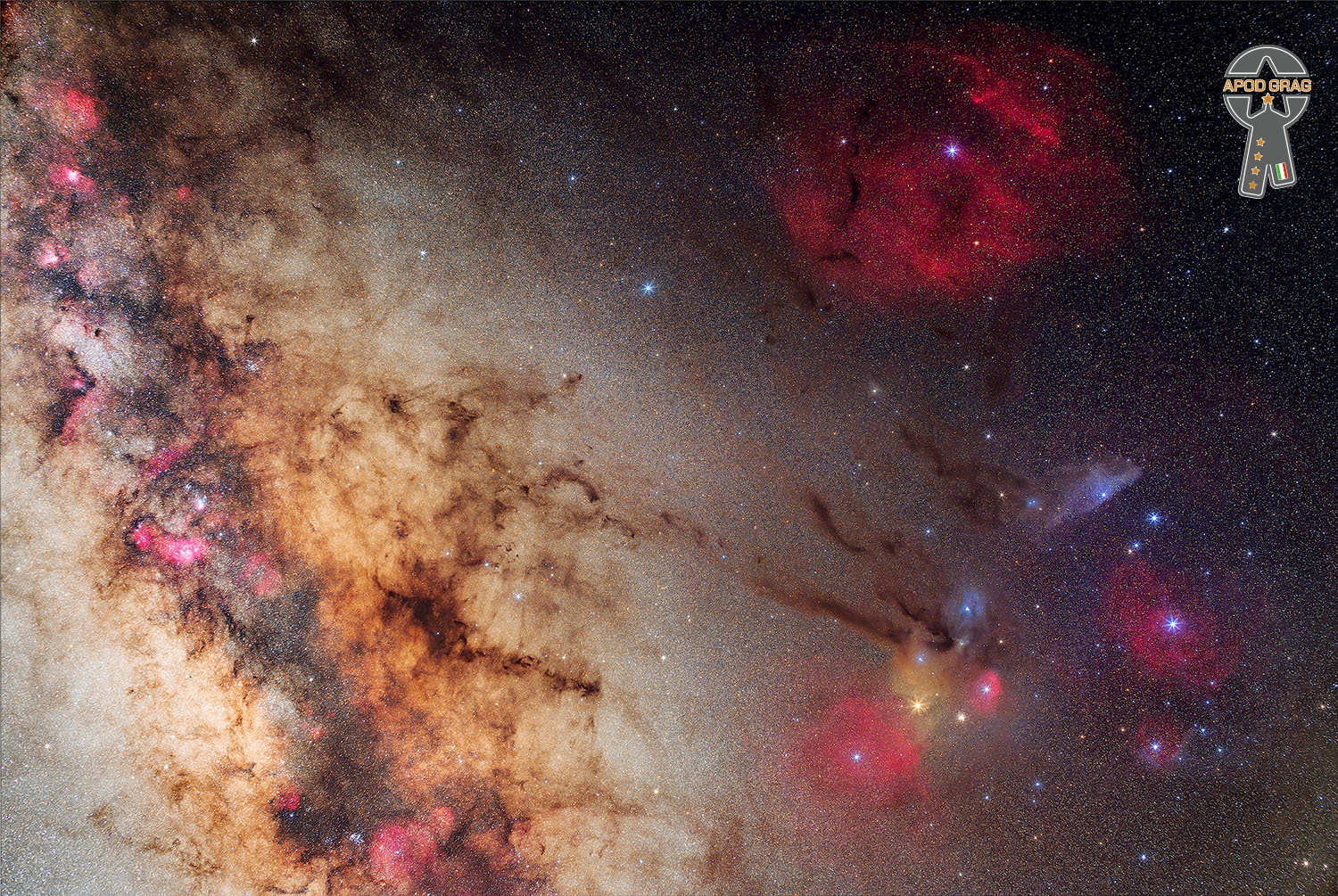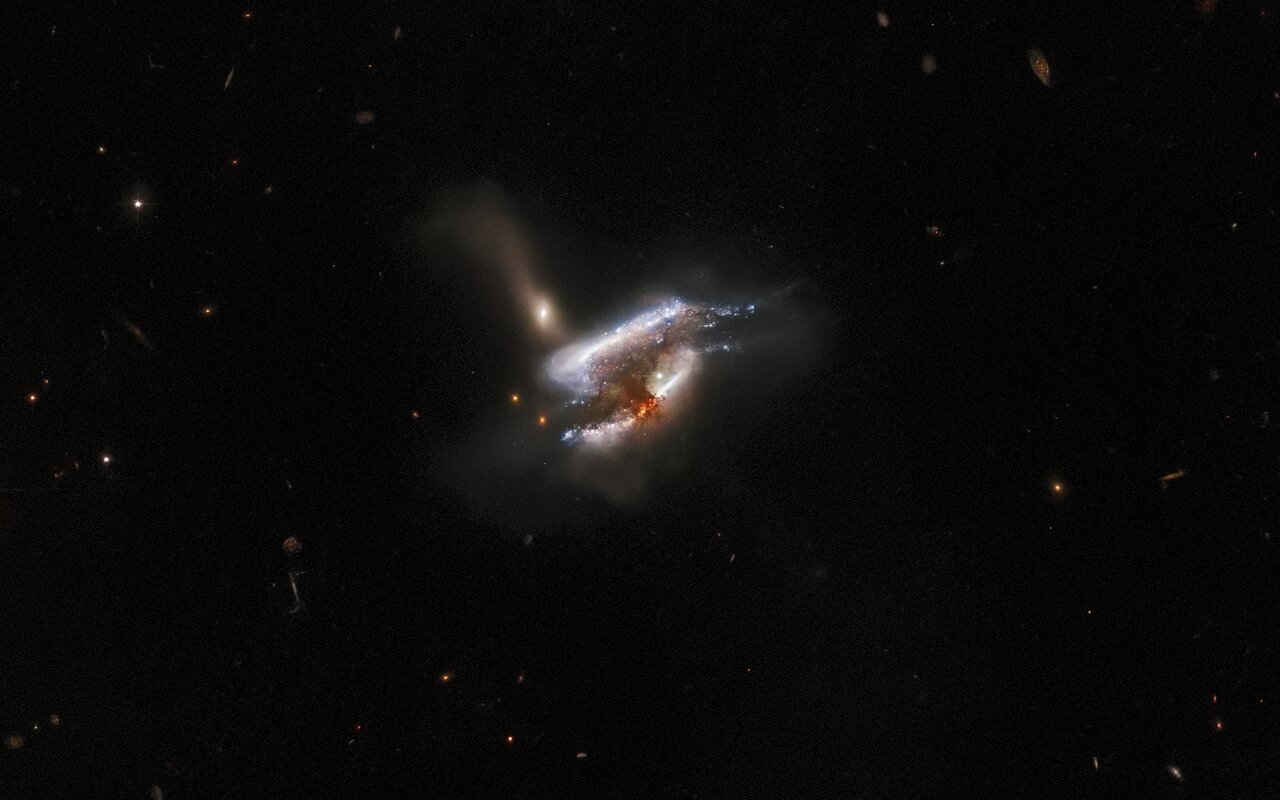Blog
Frank Butler (February 18, 1928 – July 24, 1984) was an American jazz drummer.
Butler was born in Kansas City, Missouri, but later moved west and was associated in large part with the West Coast school. He played the drums in multiple high school bands (including one in Omaha, Nebraska), in local jazz combos, and in USO shows during World War II.
Butler never became well known, but was highly regarded by fellow musicians (in 1958, veteran drummer Jo Jones proclaimed him “the greatest drummer in the world”) and performed with numerous jazz notables. Early in his career he played with the Dave Brubeck combo at a 1950 engagement in San Francisco, before Brubeck’s group gained a national following in the mid-1950s. He went on to perform and record with Duke Ellington, John Coltrane, Miles Davis, Ben Webster, Harold Land, Hampton Hawes and Art Pepper in the 1950s and 1960s. He performed on several television series, including Stars of Jazz with bassist Curtis Counce. The Contemporary label noticed Butler and Counce, and, from 1956 through 1958, captured them together on several Curtis Counce Quintet albums. Sidelined for many years by an addiction to heroin, Butler did not record albums under his own name until the 1970s, when he released two highly regarded albums titled Wheelin’ and Dealin’ and The Stepper. Butler died in Ventura, California after a short battle with lung cancer at the age of 56.
more...Dark markings and bright nebulae in this telescopic southern sky view are telltale signs of young stars and active star formation. They lie a mere 650 light-years away, at the boundary of the local bubble and the Chamaeleon molecular cloud complex. Regions with young stars identified as dusty reflection nebulae from the 1946 Cederblad catalog include the C-shaped Ced 110 just above and left of center, and bluish Ced 111 below it. Also a standout in the frame, the orange tinted V-shape of the Chamaeleon Infrared Nebula (Cha IRN) was carved by material streaming from a newly formed low-mass star. The well-composed image spans 1.5 degrees. That’s about 17 light-years at the estimated distance of the nearby Chamaeleon I molecular cloud.

James Henry Madison (born February 17, 1947, Cincinnati) is an American jazz drummer who was considered a child prodigy.
Madison grew up in a musical family and was playing drums in public by age twelve. In 1966 he worked in Ohio with Don Goldie, then toured with Lionel Hampton. He worked both in Cincinnati and New York in the late 1960s; by 1969 he had joined Marian McPartland in New York, working with her until 1972. In the 1970s he also worked with James Brown, Bobby Hackett, Joe Farrell, David Matthews, Roland Kirk, Carmen McRae, Harold Danko, Chet Baker, Urbie Green, Michel Legrand, Don Sebesky, George Benson, Nina Simone, Lee Konitz, Hod O’Brien, Art Farmer, and Mark Murphy. He also worked as a record producer for his own studio.[4]
As a leader, Madison led a small ensemble starting in the 1970s; his sidemen rotated over time but at times included Tom Harrell, Harold Danko, Phil Markowitz, Larry Schneider, Andy LaVerne, Dan Wall, Mike Richmond, Bill Evans, Kenny Barron, Dennis Irwin, Gene Perla, Manhattan Jazz Quintet and Jon Burr. He also led a big band in the early 1980s in New York. His associations as a sideman in the 1980s included Ron McClure, Janet Lawson, Chip Jackson, Ricky Ford, Jack Walrath, David Schnitter, Paul Nash, and Stanley Turrentine. In the 1990s he played with Maceo Parker, Red Rodney aka Albino Red, Chris Potter, Tarik Shah, and Steve Gilmore.
more...Badal Roy (Bengali: বাদল রায়; born Amarendra Roy Chowdhury; 16 October 1939 – 18 January 2022) was an Indian tabla player, percussionist, and recording artist known for his work in jazz, world music, and experimental music.
Indian tabla maestro Badal Roy passed away on January 18, 2022. Badal Roy was a pioneer who introduced tabla into jazz and improvisational music over several decades. An innovative percussionist, he performed with many of the leading names in jazz, including Miles Davis, Ornette Coleman, John McLaughlin, Dave Liebman, Pharoah Sanders, Herbie Hancock and Herbie Mann. He also recorded with Yoko Ono and Richie Havens, and gave presentations around the world.
Born in what is now Bangladesh, Badal Roy arrived in New York in 1968 with only a few dollars in his pocket. He had studied accounting in India and he came to America to further his studies and secure a new future in America.
To make ends meet as he became settled, he worked as a kitchen assistant at the automated food restaurant Horn & Hardart, and as a waiter at an Indian restaurant. One evening, when the tabla player failed to show up at the restaurant, Badal mentioned to the manager that he also played tabla. The manager asked him to stop waiting tables for the evening, and to sit in with the sitar player instead, and that is how his performance career began. He later went on to play at many Indian restaurants in Manhattan, including Raga, Nirvana, and Taste of India.
According to Badal, one evening an African American man approached the stage as he was leaving the restaurant. In a raspy voice, he invited Badal to a paid recording session, and asked him to call by telephone the following day. He left his business card, and as the man left the restaurant, Badal turned to the other musician and asked: “Who is Miles Davis?”
Badal went on to record on Miles’ classic “On the Corner,” and on other albums, as well as live concerts. On another occasion, a man with a British accent approached the stage and asked if he could sit in and play guitar with Badal for a few numbers. It was John McLaughlin, who later asked him to record on the album “My Goal’s Beyond.”
Robert Browning began to feature Badal in concerts of Indian music and fusion at the Alternative Center for International Arts, which later became the World Music Institute. Robert and his wife Helene presented Badal in concert over 30 times beginning in the mid-70s, in collaboration with jazz, world music and fusion artists such as Steve Gorn, Don Cherry, Dave Liebman, Nana Vasconcelos, Arooj Lazewal, Perry Robinson, Purna Das Baul, Adam Rudolph, Amit Chatterjee, Pharoah Sanders, Mike Richmond, Glen Velez, and many others.
more...Jeremy Webster “Fred” Frith (born 17 February 1949) is an English multi-instrumentalist, composer, and improvisor.
Probably best known for his guitar work, Frith first came to attention as one of the founding members of the English avant-rock group Henry Cow. He was also a member of the groups Art Bears, Massacre, and Skeleton Crew. He has collaborated with a number of prominent musicians, including Robert Wyatt, Derek Bailey, the Residents, Lol Coxhill, John Zorn, Brian Eno, Mike Patton, Lars Hollmer, Bill Laswell, Iva Bittová, Jad Fair, Kramer, the ARTE Quartett, and Bob Ostertag. He has also composed several long works, including Traffic Continues (1996, performed 1998 by Frith and Ensemble Modern) and Freedom in Fragments (1993, performed 1999 by Rova Saxophone Quartet). Frith produces most of his own music, and has also produced many albums by other musicians, including Curlew, the Muffins, Etron Fou Leloublan, and Orthotonics.
He is the subject of Nicolas Humbert and Werner Penzel’s 1990 documentary Step Across the Border. Frith also appears in the Canadian documentary Act of God, which is about the metaphysical effects of being struck by lightning. He has contributed to a number of music publications, including New Musical Express and Trouser Press, and has conducted improvising workshops across the world. His career spans over four decades and he appears on over 400 albums, and he still performs actively throughout the world.
Frith was awarded the 2008 Demetrio Stratos Prize for his career achievements in experimental music. The prize was established in 2005 in honour of experimental vocalist Demetrio Stratos, of the Italian group Area, who died in 1979. In 2010 Frith received an honorary doctorate from the University of Huddersfield in West Yorkshire, England, in recognition of his contribution to music. Frith was Professor of Composition in the Music Department at Mills College in Oakland, California, until his retirement in 2018. He is the brother of Simon Frith, a music critic and sociologist, and Chris Frith, a psychologist at University College London.
more...Hoppy Jones (born as Orville Jones, 17 February 1905, Chicago, Illinois – d. 18 October 1944, New York City). Instrumentalist who played the cello in the manner of a stand-up bass, and came to prominence as a forming member of the American pop vocal group, The Ink Spots.
more...The Galactic Center is the rotational center of the Milky Way. The estimates for its location range from 25.000 light-years from Earth in the direction of the constellations Sagittarius, Ophiuchus, and Scorpius where the Milky Way appears brightest. At the center of the Milky Way is a massive black hole.

William Henry “Buddy” Deppenschmidt (February 16, 1936 – March 20, 2021) was an American jazz drummer.
Deppenschmidt’s father, a saxophone player, led an orchestra under the name Buddy Williams after playing with and arranging for Paul Whiteman, Jimmy and Tommy Dorsey, and Glenn Miller. When he was four, Deppenschmidt and his mother moved from Philadelphia to Richmond, Virginia.
Self-taught, he started playing drums professionally while in his teens and then went on the road with Ronnie Bartley’s Orchestra, a territory band which travelled in the western U.S. Returning to Richmond, he played with local bands and became the drummer for the Newton Thomas Trio (1954–59) which was also the rhythm section for the Billy Butterfield Quintet. The trio toured with Butterfield throughout the northeast and midwest (1958–59). When the Newton Thomas Trio played the Virginia Beach Jazz Festival, it received rave reviews on a bill that included the Dave Brubeck Quartet and the Charlie Byrd Trio. Two nights later, Charlie Byrd came into the Jolly Roger, the jazz club where Deppenschmidt was playing, and offered him the job as drummer with his trio. He played with the trio at the Showboat Lounge in Washington, D.C. from 1959–62.
Starting in February 1961, the Charlie Byrd Trio (Charlie Byrd, guitar, Keter Betts, bass, and Buddy Deppenschmidt, drums) visited South America, Central America, and Mexico on a goodwill tour sponsored by the U.S. State Department. This three-month cultural exchange included eighteen countries. While in Brazil, Deppenschmidt spent his free time with local musicians, teaching them American jazz and learning bossa nova from them. It was his idea to record an album combining jazz and bossa nova with Stan Getz.
more...Otis Blackwell (February 16, 1931 – May 6, 2002) was an American songwriter, singer, and pianist, whose work influenced rock and roll. His compositions include “Fever“, recorded by Little Willie John; “Great Balls of Fire” and “Breathless“, recorded by Jerry Lee Lewis; “Don’t Be Cruel“, “All Shook Up” and “Return to Sender” (with Winfield Scott), recorded by Elvis Presley; and “Handy Man“, recorded by Jimmy Jones.
Blackwell was born in Brooklyn, New York. He learned to play the piano as a child and grew up listening to both R&B and country music.
His first success was winning a local talent contest (“Amateur Night”) at the Apollo Theater, in Harlem, in 1952. This led to a recording contract with RCA and then with Jay-Dee. His first release was his own composition “Daddy Rolling Stone“, which became a favorite in Jamaica, where it was recorded by Derek Martin.
more...Carlos Paredes ComSE (Portuguese pronunciation: [ˈkaɾluʃ pɐˈɾedɨʃ]; 16 February 1925 – 23 July 2004) was a virtuoso Portuguese guitar player and composer. He is regarded as one of the greatest players of Portuguese guitar of all-time.
Born in Coimbra, Portugal, in a family with a long tradition of guitar playing, he was taught to play the Portuguese guitar by his father, Artur Paredes. He composed numerous soundtracks for cinema and theatre, such as the soundtrack for the Portuguese film Os Verdes Anos (1963), which contains his famous piece “Canção Verde Anos”. He released several recordings as a solo artist and performed in numerous countries worldwide.
Besides his music career, Paredes also worked in the public service for most of his life. In 1958, during Portugal’s dictatorial Estado Novo regime, he was imprisoned for 18 months for joining the Portuguese Communist Party, at the time an illegal organization.
more...William Ballard Doggett (February 16, 1916 – November 13, 1996) was an American jazz and rhythm and blues pianist and organist. Best known for his instrumental rock compositions “Honky Tonk” and “Hippy Dippy”, he worked with the Ink Spots, Johnny Otis, Wynonie Harris, Ella Fitzgerald, and Louis Jordan.
Doggett was born in Philadelphia. During the 1930s and early 1940s he worked for Lucky Millinder, Frank Fairfax and arranger Jimmy Mundy. In 1942 he was hired as the Ink Spots‘ pianist and arranger.
In 1951, Doggett organized his own trio and began recording for King Records. His best known recording is “Honky Tonk“, a rhythm and blues hit of 1956, which sold four million copies (reaching No. 1 R&B and No. 2 Pop), and which he co-wrote with Billy Butler. The track topped the US Billboard R&B chart for over two months. He also arranged for many bandleaders and performers, including Louis Armstrong, Count Basie, Ella Fitzgerald, and Lionel Hampton.
He continued to play and arrange until he died, aged 80, of a heart attack in New York City.
more...Machito (born Francisco Raúl Gutiérrez Grillo, December 3, 1909 – April 15, 1984) was a Latin jazz musician who helped refine Afro-Cuban jazzand create both Cubop and salsa music. He was raised in Havana with the singer Graciela, his foster sister.
In New York City, Machito formed the Afro-Cubans in 1940, and with Mario Bauzá as musical director, brought together Cuban rhythms and big bandarrangements in one group. He made numerous recordings from the 1940s to the 1980s, many with Graciela as singer. Machito changed to a smaller ensemble format in 1975, touring Europe extensively. He brought his son and daughter into the band, and received a Grammy Award in 1983, one year before he died.
Machito’s music had an effect on the careers of many musicians who played in the Afro-Cubans over the years, and on those who were attracted to Latin jazz after hearing him. George Shearing, Dizzy Gillespie, Charlie Parker and Stan Kenton credited Machito as an influence. An intersection in East Harlem is named “Machito Square” in his honor.
more...The mass of dust and bright swirls of stars in this image are the distant galaxy merger IC 2431, which lies 681 million light-years from Earth in the constellation Cancer. The NASA/ESA Hubble Space Telescope has captured what appears to be a triple galaxy merger in progress, as well as a tumultuous mixture of star formation and tidal distortions caused by the gravitational interactions of this galactic trio. The centre of this image is obscured by a thick cloud of dust — though light from a background galaxy can be seen piercing its outer extremities. This image is from a series of Hubble observations investigating weird and wonderful galaxies found by the Galaxy Zoo citizen science project. Using Hubble’s powerful Advanced Camera for Surveys (ACS), astronomers took a closer look at some of the more unusual galaxies that volunteers had identified. The original Galaxy Zoo project was the largest galaxy census ever carried out, and relied on crowdsourcing time from more than 100 000 volunteers to classify 900 000 unexamined galaxies. The project achieved what would have been years of work for a professional astronomer in only 175 days, and has led to a steady stream of similar astronomical citizen science projects. Later Galaxy Zoo projects have included the largest ever studies of galaxy mergers and tidal dwarf galaxies, as well as the discovery of entirely new types of compact star-forming galaxies.

Alistair Ian Campbell (born 15 February 1959) is an English singer and songwriter who was the lead singer and a member of the British reggae band UB40. As part of UB40, Campbell sold over 70 million records worldwide and toured the globe for 30 years. In 2008, Campbell left UB40 due to a dispute with band management and embarked on a solo career. In 2012, Campbell was announced as one of the three judges on the judging panel of the TV show, New Zealand’s Got Talent. In August 2014, Campbell announced that he had reunited with former UB40 band mates Astro and Mickey to record a new album, Silhouette, released on 6 October 2014.
more...Melissa Manchester (born February 15, 1951) is an American singer, songwriter and actress. Since the 1970s, her songs have been carried by adult contemporary radio stations. She has also appeared on television, in films, and on stage.
Manchester was born in the Bronx, a borough of New York City, to a musical family. Her father was a bassoonist for the New York Metropolitan Opera for three decades. Her mother was one of the first women to design and found her own clothing firm, Ruth Manchester Ltd. The Manchesters are of Jewish origin. Manchester started a singing career at an early age. She learned the piano and harpsichord at the Manhattan School of Music, began singing commercial jingles at age 15, and became a staff writer at age 17 for Chappell Music while attending Manhattan’s High School of Performing Arts.
more...More Posts
- Daily Roots with Horace Andy
- The Cosmos with NGC 6820/3
- Pat Martino Day
- Wayne Shorter Day
- World Music with Songhoy Blues
- Daily Roots with Johnny Osborne
- The Cosmos with NGC 4100
- Jim Capaldi Day
- Arthur “Big Boy” Crudup Day
- World Music with Cayetano Moreno Castro
- Daily Roots with Cornell Campbell
- The Cosmos with NGC 6503
- Keith Moon Day
- Terje Rypdal Day
- Gil Coggins Day
- World Music with AL-Mawror
- Daily Roots with Carlton and the Shoes
- The Cosmos with N159W
- Malachi Favors Day
- John Lee Hooker Day